Another day, another UNESCO World Heritage Site. This one is about an hour outside of Hoi An and is the site of Vietnam’s most extensive Cham remains. My Son was once the most important intellectual and religious center of the Kingdom of Champa and may also have served as a burial place for Cham monarchs. (The Champa Kingdom was located in the central section of Vietnam from the 3rd to the 14th Centuries). My Son was re-discovered by the French in the late 19th C, who restored parts of the complex, but much of it was later devastated by bombing in the American war, since the Viet Cong had holed up there at that time.
Most of the temples (there had been 68, but only about 20 structures survived in any form) were dedicated to Cham kings associated with divinities, particularly Shiva, who was regarded as the founder and protector of Champa’s dynasties. The ancient Champa people were raised to be the masters of art in building in brick, so these temple remains are quite different from those in Angkor Wat and Angkor Thom which were sandstone and other materials carved from mountains. The bricks were smoothed and laid closely and securely without mortar, and had sculpture and carving in/on the brick of deities, priests, animals, etc. During one period in their history, the summits of some of the towers were completely covered with a layer of gold, but when the area fell into decline, many of the temples were stripped of their glory. The French had also removed some sculptures and artifacts to a museum in Danang, so they survived the later destruction.
Today the complexes, which are blandly named with the letters A-K, have been partly overtaken by nature, but the little green plant shoots are quite beautiful against the dark red and blackened brick. Others of them have been partially restored with new brick, so the difference in color and brick shape is quite noticeable. I suppose it is an attempt to re-create the actual shape of the buildings, which were difficult to understand from the little map and descriptions. Also on the maps were the locations of bomb craters, which reinforced that the memory of the American war can still be seen and felt around the country. And one display even included a couple of unexploded bombs.
There weren’t nearly as many tourists as we’ve encountered lately, or certainly what we saw in Siem Reap, which made it easier to enjoy the enchanting setting in the lush jungle valley, overlooked by Cat’s Tooth Mountain (Hon Quap).
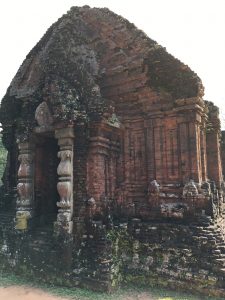
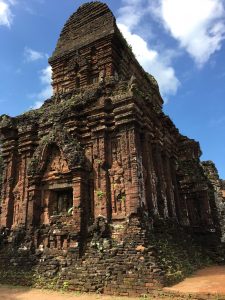
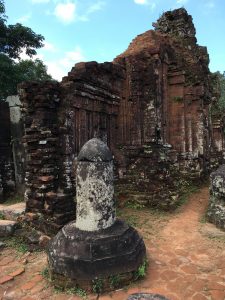
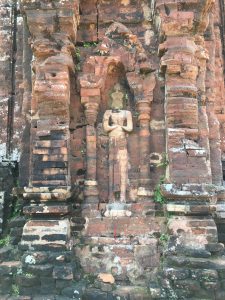
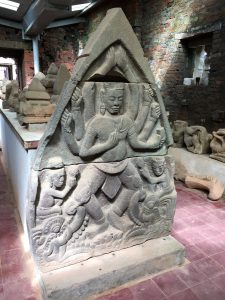
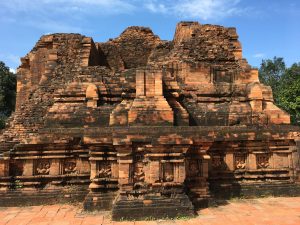
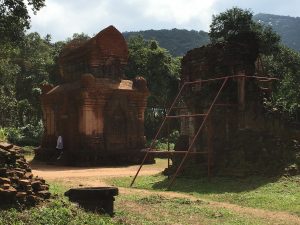
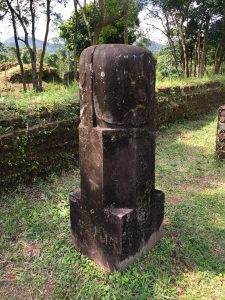
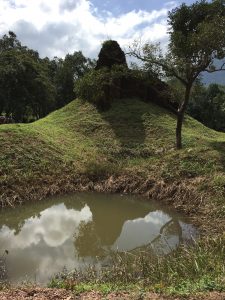
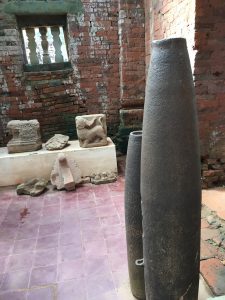
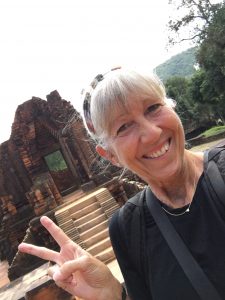
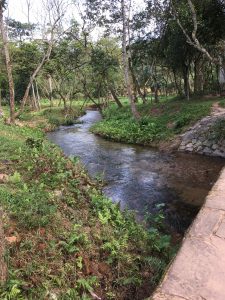

Amazing how wide spread the combat (even aerial) of the American war was …and the lasting impressions.